Boston Liberty Tree
The former site of an all-but-forgotten colonial landmark is now remembered by an often overlooked bas relief.
Most everyone has heard of the Boston Tea Party and the Boston Massacre. Fewer know that arguably the first acts of defiance by American colonists occurred nearly ten years earlier at a large elm tree christened the Liberty Tree.
In 1765 the British government imposed the Stamp Act on the American colonies. Because the Act applied to papers, newspapers, advertisements, and other publications and legal documents, it was viewed by the colonists as a means of censorship on the rights of the colonists to write and read freely. In response, on August 14, 1765, crowds gathered at a large elm at the corner of what is now Washington and Essex Streets in downtown Boston. The colonists hung an effigy of Stamp Act enforcer Andrew Oliver from the branches. After burning the effigy, the colonists ransacked Oliver’s home. Fearing for his life, Oliver resigned. Shortly after, a small copper plate inscribed “The Tree of Liberty” was nailed to the trunk of the elm.
Thereafter, the Sons of Liberty met regularly under the tree to plot further resistance against the Crown. Eight years after the Stamp Act protests, the Boston Tea Party occurred on December 16, 1773. In response, the British attempted to make the Liberty Tree an object of ridicule and tarred and feathered people before forcing them to march in front of the tree.
In 1775, shortly before the outbreak of the Revolution, British soldiers cut down the tree and used it as firewood. However in 1850 a bas relief was installed on the third floor of a former brick warehouse directly over the spot where the Liberty Tree once stood. The plaque reads, “Sons of Liberty 1765, Independence of Their Country 1776.” A movement in the 1960s failed to get approval for a new tree to be planted at the site, but instead, a bronze plaque was also recessed into the sidewalk across the street from the original bas relief plaque.
The significance of the Liberty Tree is all but forgotten today. Indeed, the site of the former Liberty Tree is not even officially part of Boston’s Freedom Trail. But as Marquis de Lafayette noted during a visit to Boston in 1825, “The world should never forget where once stood the Liberty Tree so famous in your annals.”


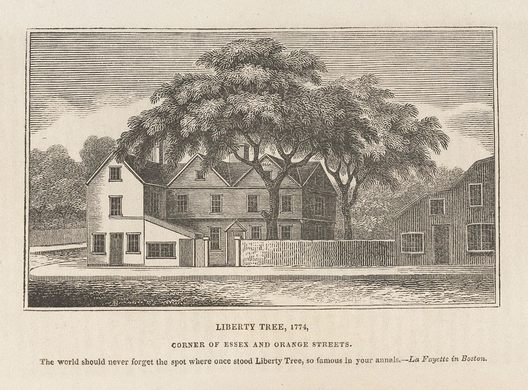

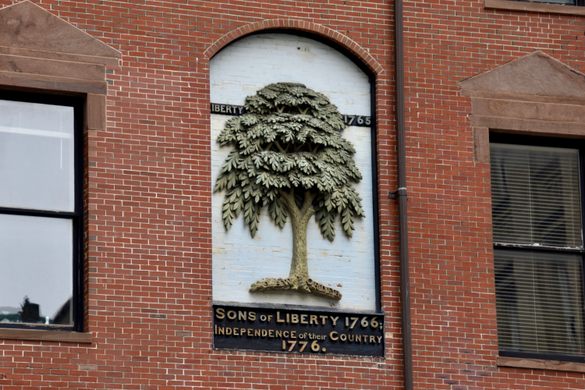









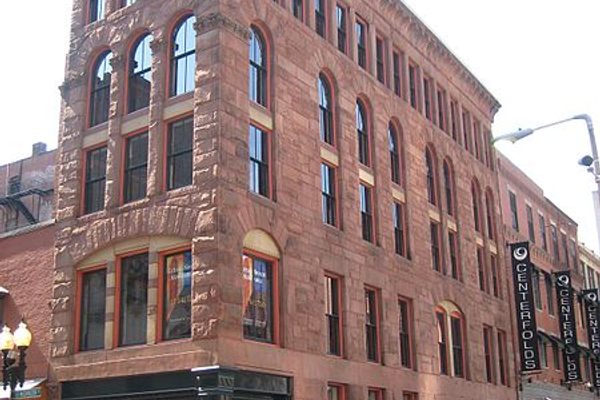

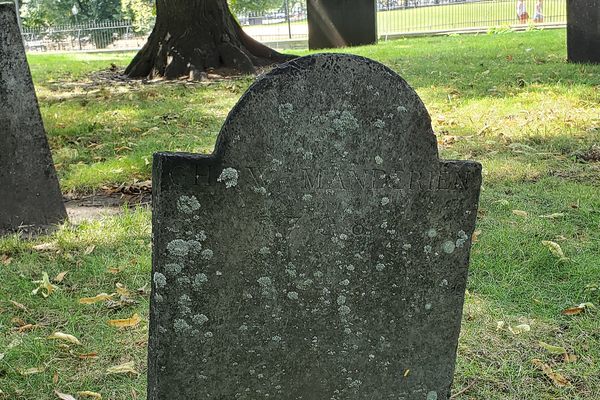

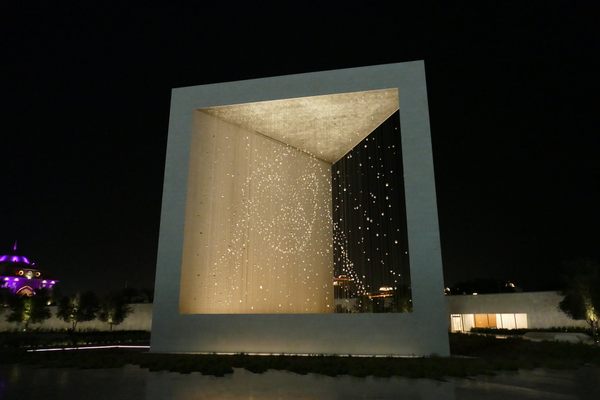



Follow us on Twitter to get the latest on the world's hidden wonders.
Like us on Facebook to get the latest on the world's hidden wonders.
Follow us on Twitter Like us on Facebook